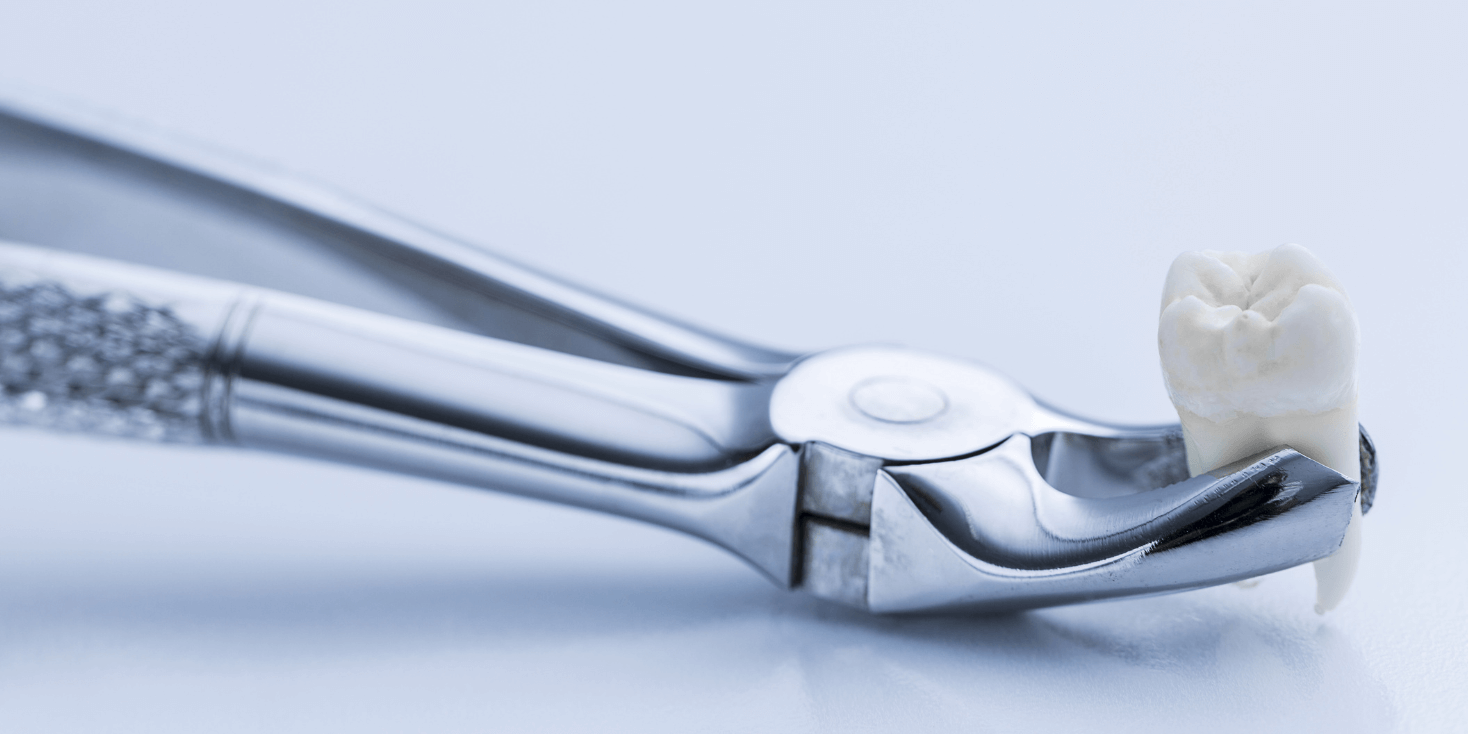
Table of Contents
Get Dental Catalogue PDF On Your Email
Top 4 Dental Extraction Forceps: Types, Applications, and Maintenance
The dentist can extract teeth more precisely and with less damage thanks to advancements in dental surgical instrument production.
In dentistry, teeth are extracted using dental extraction forceps and an elevator. Compared to ten years ago, there are many more possibilities for a sensitive and easy extraction operation thanks to current dentistry tools and techniques.
Since extraction forceps are the most important dental tools, every dental office needs to have them. Additionally, there is a large selection of these dental forceps.
This blog offers a concise overview of the various kinds of dental extraction forceps based on their characteristics, applications, and advantages.
Types and Applications of Dental Extraction Forceps
Dental extraction forceps come in five varieties to suit a range of treatments and patient care requirements. Each of these forceps is distinguished from the others by a few special characteristics.
1. Forceps for Root Fragmentation
After a tooth is extracted, a large portion of the tooth root can be easily removed from the alveolar bone using specialized forceps called root fragment forceps. Root extraction forceps with long, thin beaks are used to remove deep and fragile sockets.
Important Attributes and Capabilities
The general characteristics and capabilities of this special dental extractor are as follows:
- A slim design reduces damage to the surrounding tissues.
- For a smooth extraction, serrated jaws provide a tight grasp on the root.
- These forceps’ extra-long beaks aid in reaching deep into the socket.
Applications
These forceps are primarily used to grab and extract the remaining tooth root from the alveolar bone.
Variations
These forceps are commonly available in different sizes and configurations, including straight, angled, and long-beaked designs for diverse procedural needs.
2. English Forceps
The posterior teeth (molars and premolars) and the internal teeth (incisors and canines) can be extracted with English forceps, which are specialized dental surgical tools. In certain situations, they can also be used to remove roots.
Important Characteristics and Available Patterns
These kinds of dental extraction forceps have the following characteristics:
- Jaws with serrations
- Straight and curved designs
- Narrow beak profile
- Long beaks to reach deep
Variants
English forceps are available in patterns suited to different teeth and procedures, such as lower molars, wisdom teeth, and anterior teeth.
3. American Forceps
These dental extraction tools are specifically made to remove canines and maxillary incisors. They are generally applied to teeth that are longer and more obstinate.
Important Characteristics and Available Patterns
The distinctive qualities of American forceps are listed below:
- Jaws that are wider
- Made of durable materials that can withstand force for efficient extraction
- Adjustable handle provides comfort and a firm grasp for dentists
Variants
American forceps come in multiple configurations for specific applications, such as universal designs for upper or lower teeth and pointed or rounded options for a secure grip. These variations are often highlighted in a Dental Catalogue Book, making it easier for dentists to select the right tool for their practice.
4. Forceps for Atraumatic Extraction
When extracting teeth, atraumatic extraction forceps reduce the possibility of damaging the surrounding tissues. They have a unique characteristic that prevents harm to the soft tissue, neighboring teeth, and alveolar bone.
Important Features
- The tooth is secured by serrated jaws.
- Blunt or rounded points lessen the possibility of breaking.
- Handles designed for precise control during extraction.
Principal Advantages
- Less trauma, aiding in making operations painless and comfortable for patients.
- Helps maintain the jawline’s natural contour and enhances cosmetic results.
- Minimal harm to the soft tissues and alveolar bones.
Buy Dental Extraction Forceps for your dental procedure from carrothcp.
Maintenance and Sterilization of Dental Extraction Forceps
Proper maintenance and sterilization of dental extraction forceps are essential to ensure patient safety, tool longevity, and effective performance. Here are some simple and clear guidelines to follow:
Guidelines for Cleaning and Sterilization
- Pre-Cleaning
- Immediately after use, rinse the forceps under running water to remove blood, debris, and other residues.
- Use a soft brush to clean hard-to-reach areas like joints and serrations.
- Manual Cleaning
- Soak the forceps in a cleaning solution approved for surgical instruments.
- Use a mild detergent with a neutral pH to avoid damaging the metal.
- Scrub gently with a brush to ensure all dirt is removed.
- Ultrasonic Cleaning
- Place the forceps in an ultrasonic cleaner for deeper cleaning.
- Use a cleaning solution designed for ultrasonic devices.
- Rinse and Dry
- After cleaning, rinse the forceps thoroughly with distilled or deionized water to remove any detergent residue.
- Dry them immediately using a lint-free cloth or air dryer to prevent water spots or rust.
- Sterilization
- Use an autoclave for sterilization, following the manufacturer’s instructions.
- Make sure the forceps are fully dry before placing them in the autoclave to prevent corrosion.
- Avoid overloading the sterilizer to ensure proper heat and steam penetration.
Conclusion
Dental extraction forceps are essential tools for every dental practice. They help dentists perform extractions with precision, minimizing discomfort and damage to surrounding tissues. By understanding the types of forceps and their applications, dentists can choose the right tool for each procedure.
Proper maintenance and sterilization of these instruments are just as important as selecting the right ones. Following cleaning, storage, and sterilization guidelines ensures the forceps remain hygienic, durable, and effective.
Investing in high-quality forceps and caring for them properly not only improves patient outcomes but also enhances the efficiency and longevity of your dental practice.

